
Why snake_case is better than camelCase
There aren’t many reasons why you should choose snake_case over camelCase, but the ones that are there are pretty convincing.
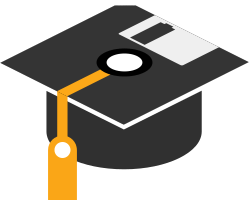

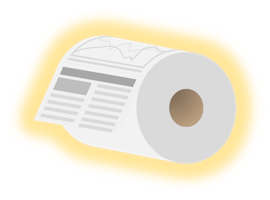

There aren’t many reasons why you should choose snake_case over camelCase, but the ones that are there are pretty convincing.

Does it matter whether you use camelCase or snake_case for identifiers? Yes it does! Probably. Maybe.
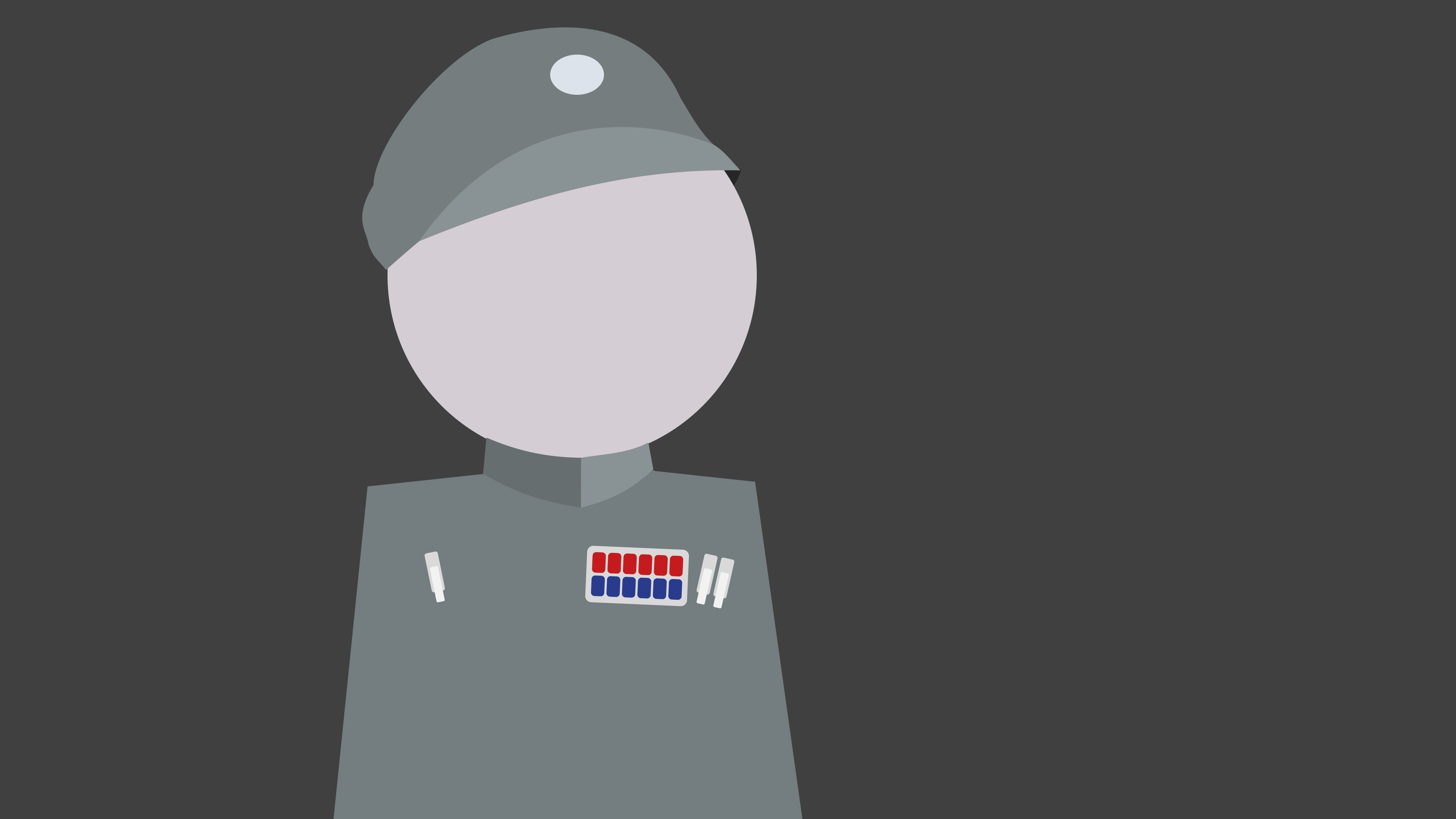
If you want to study the effect of something on the understability of code, you need a controlled experiment. What are things to do or avoid?

This study attempts to provide a more nuanced answer than “JavaScript”, from an educator’s perspective.

To what extent do Scrum masters make use of servant leadership and how does this affect teams?
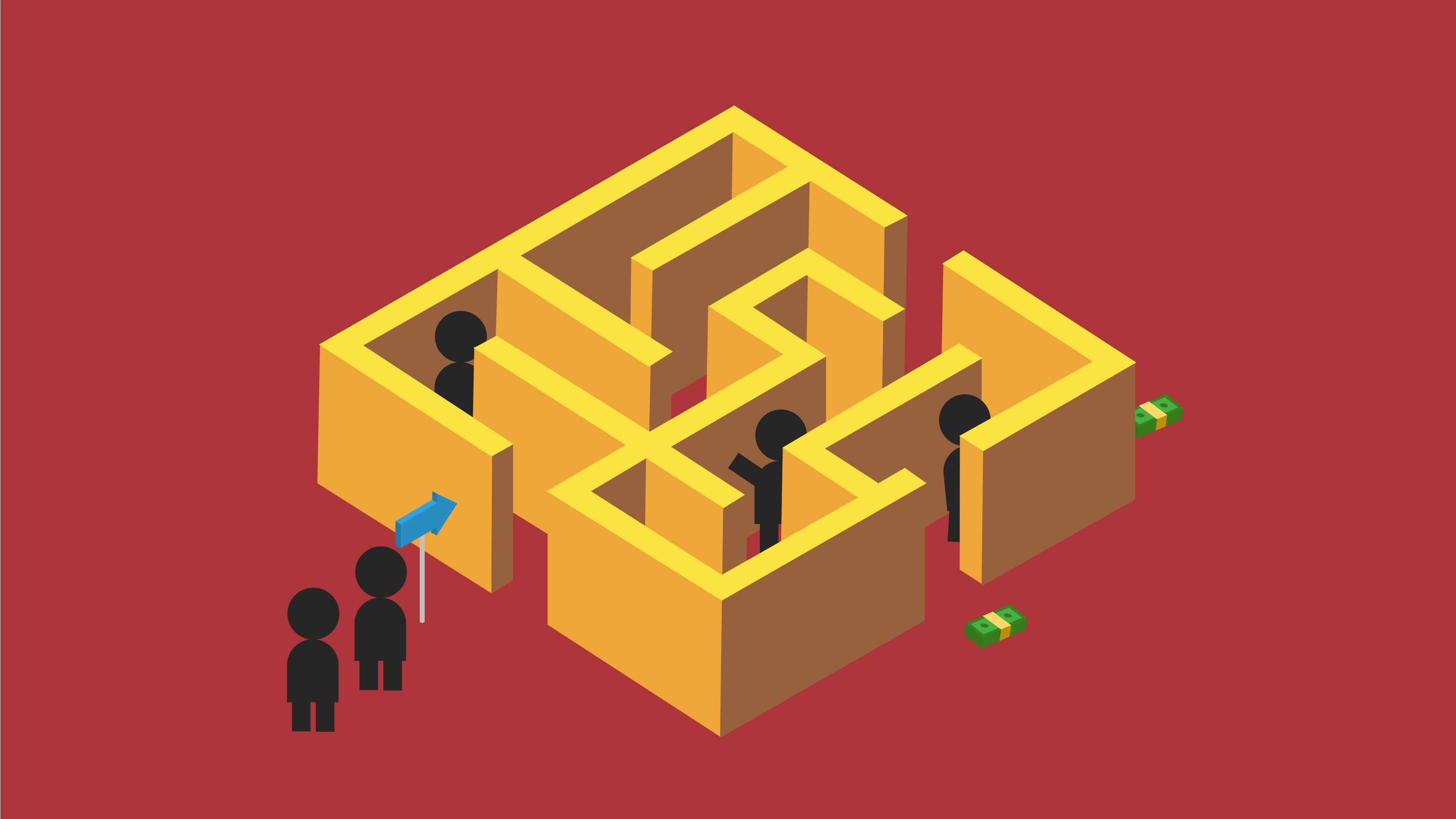
Researchers often use financial incentives to increase response rates for their surveys. How well do these work for online surveys?
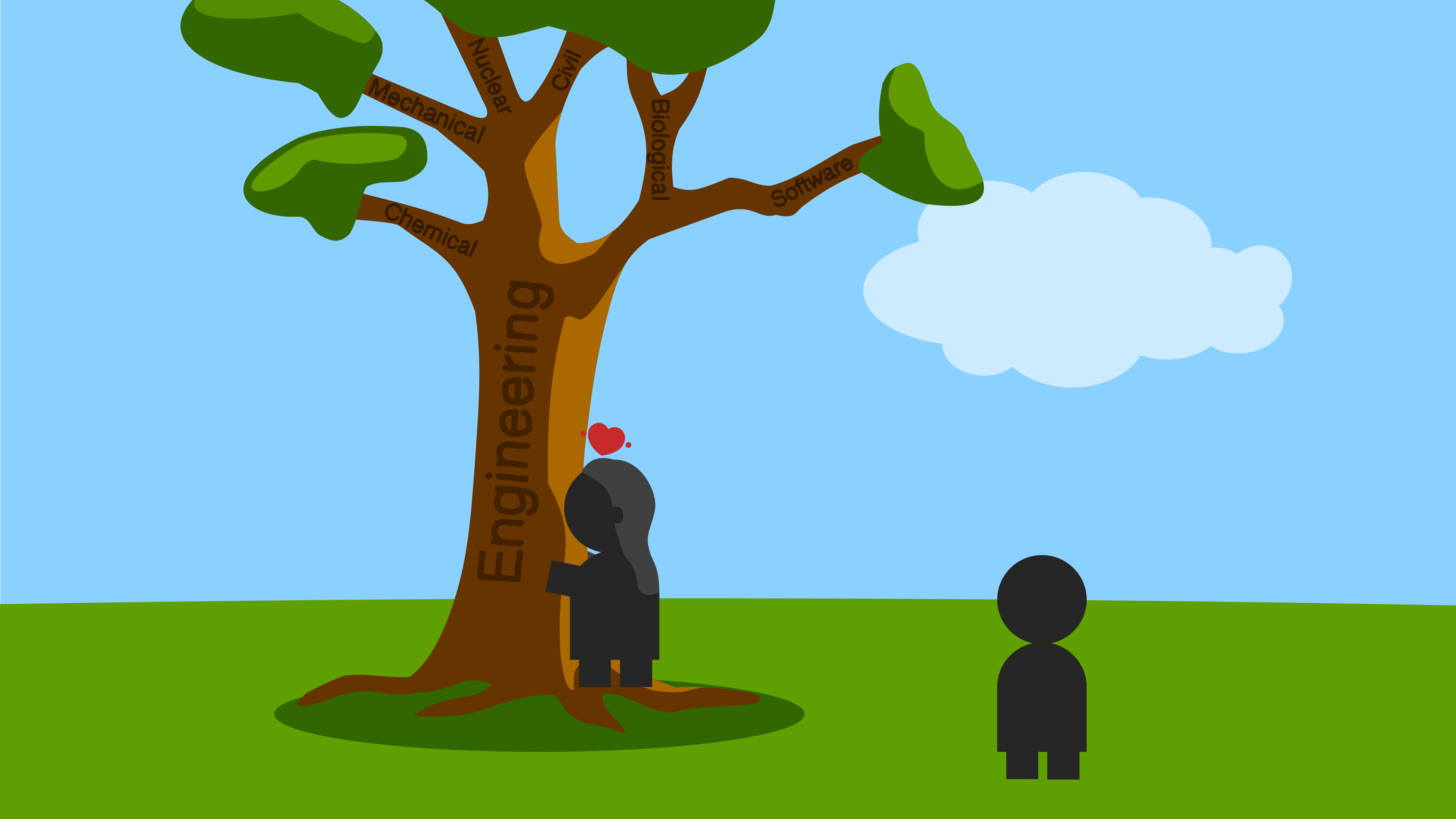
More female role models may help, but they’re merely a part of the solution.
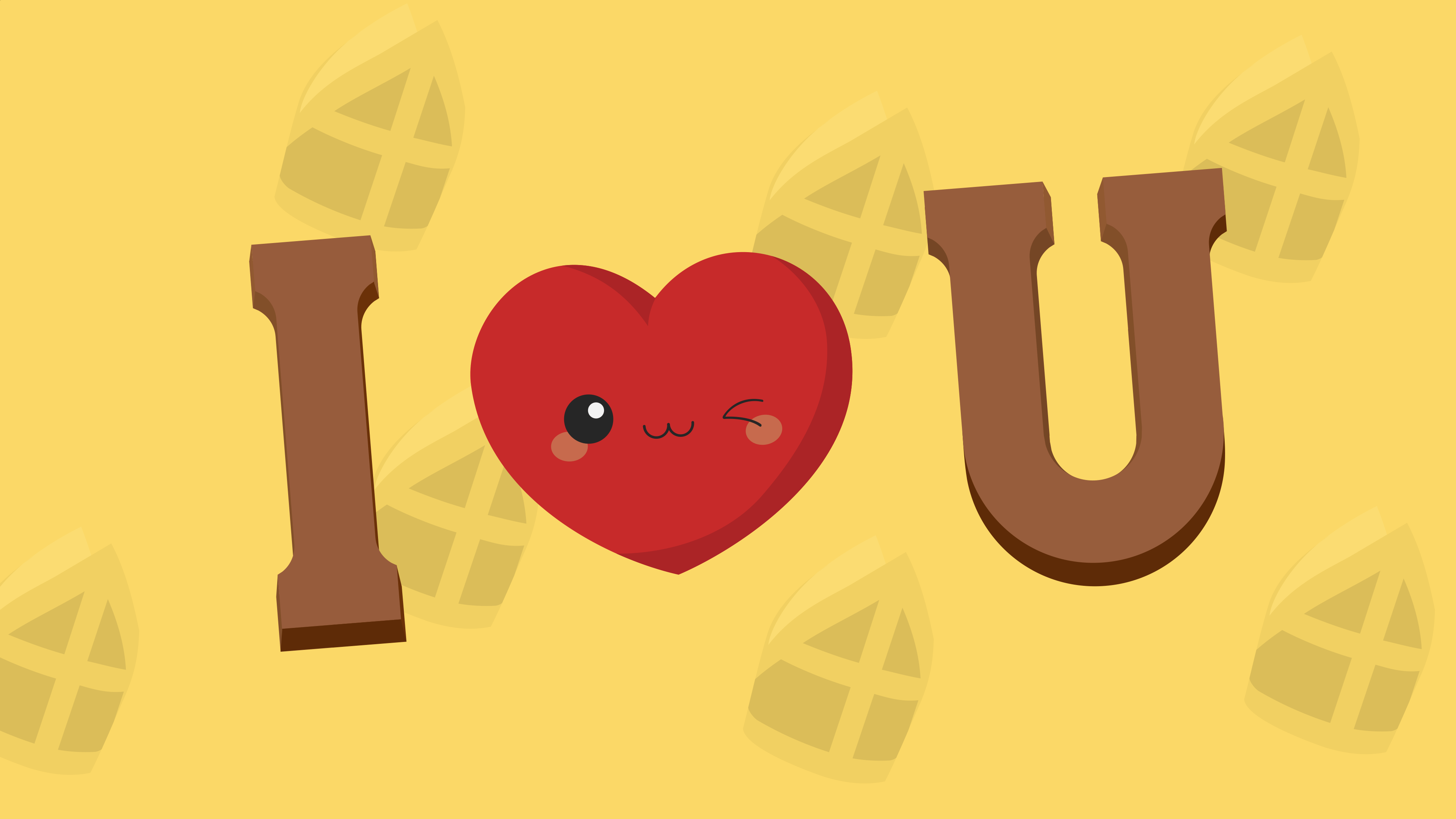
We are often told that variable names should be meaningful and avoid abbreviations, yet some variables are simply named “k”. What gives?
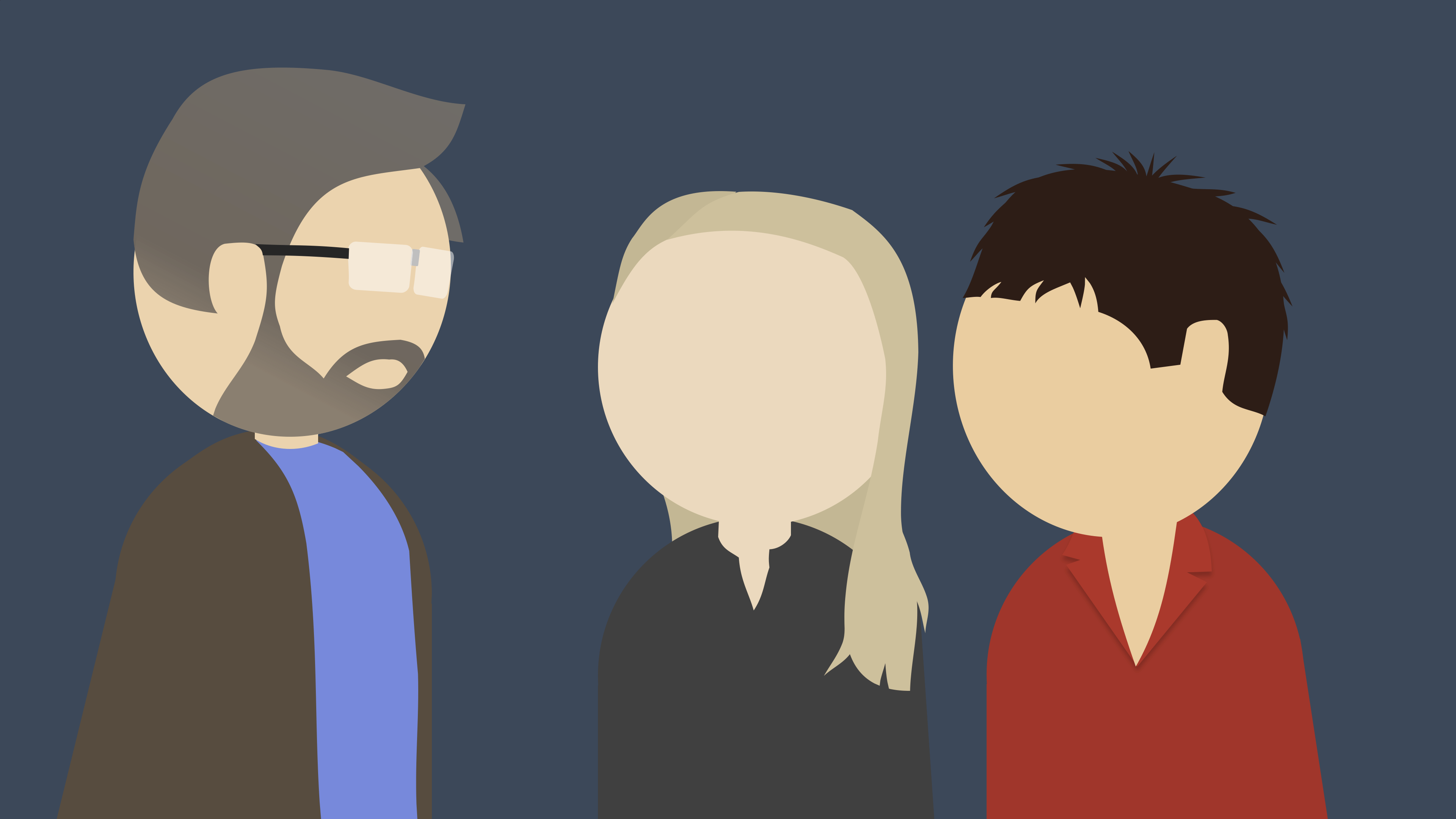
What is ensemble learning? Well, it’s kind of machine learning’s version of “the whole is greater than the sum of its parts”.
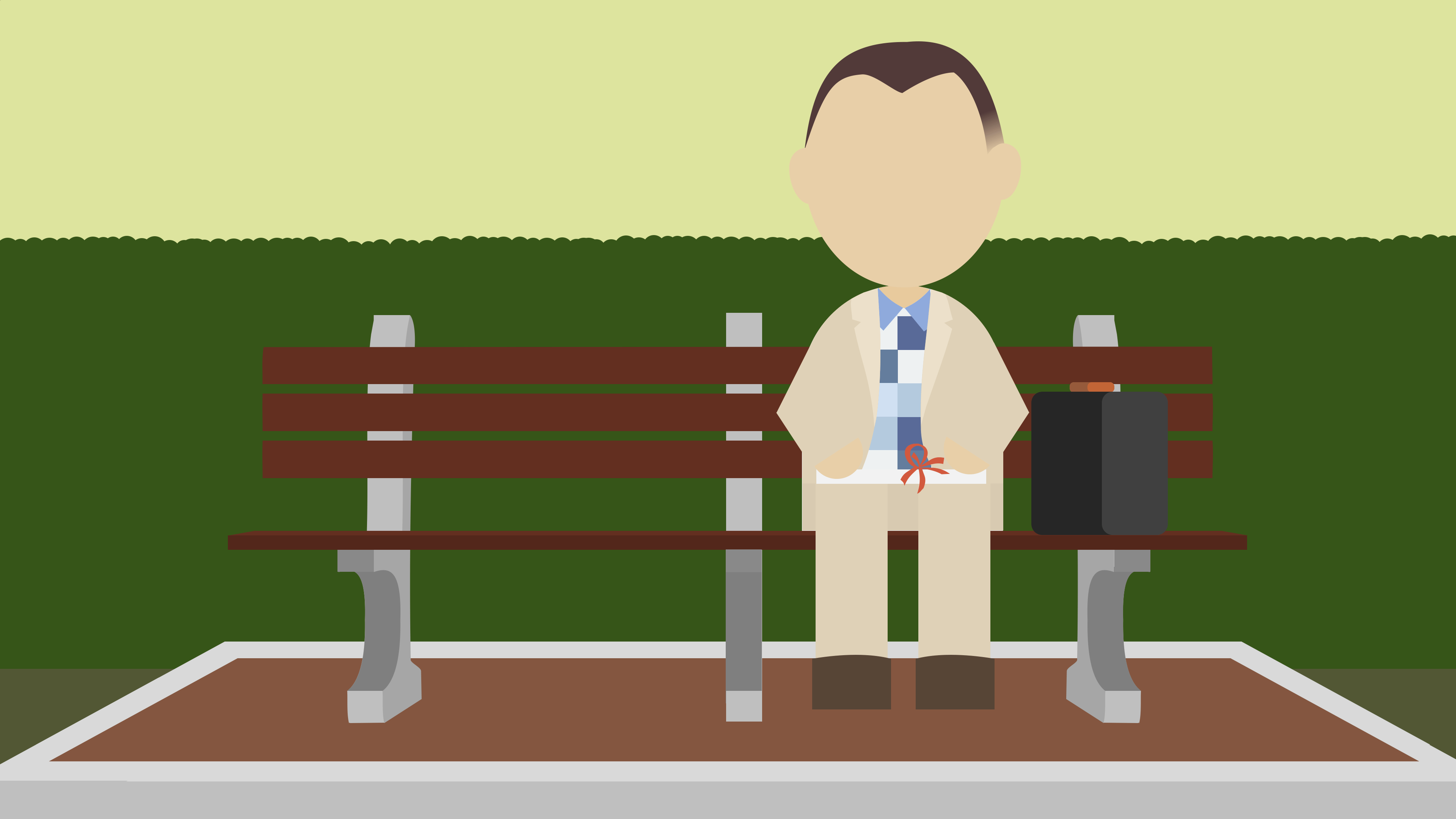
Money might buy you a bit of happiness, but working for larger amounts of money will not necessarily make you happier.
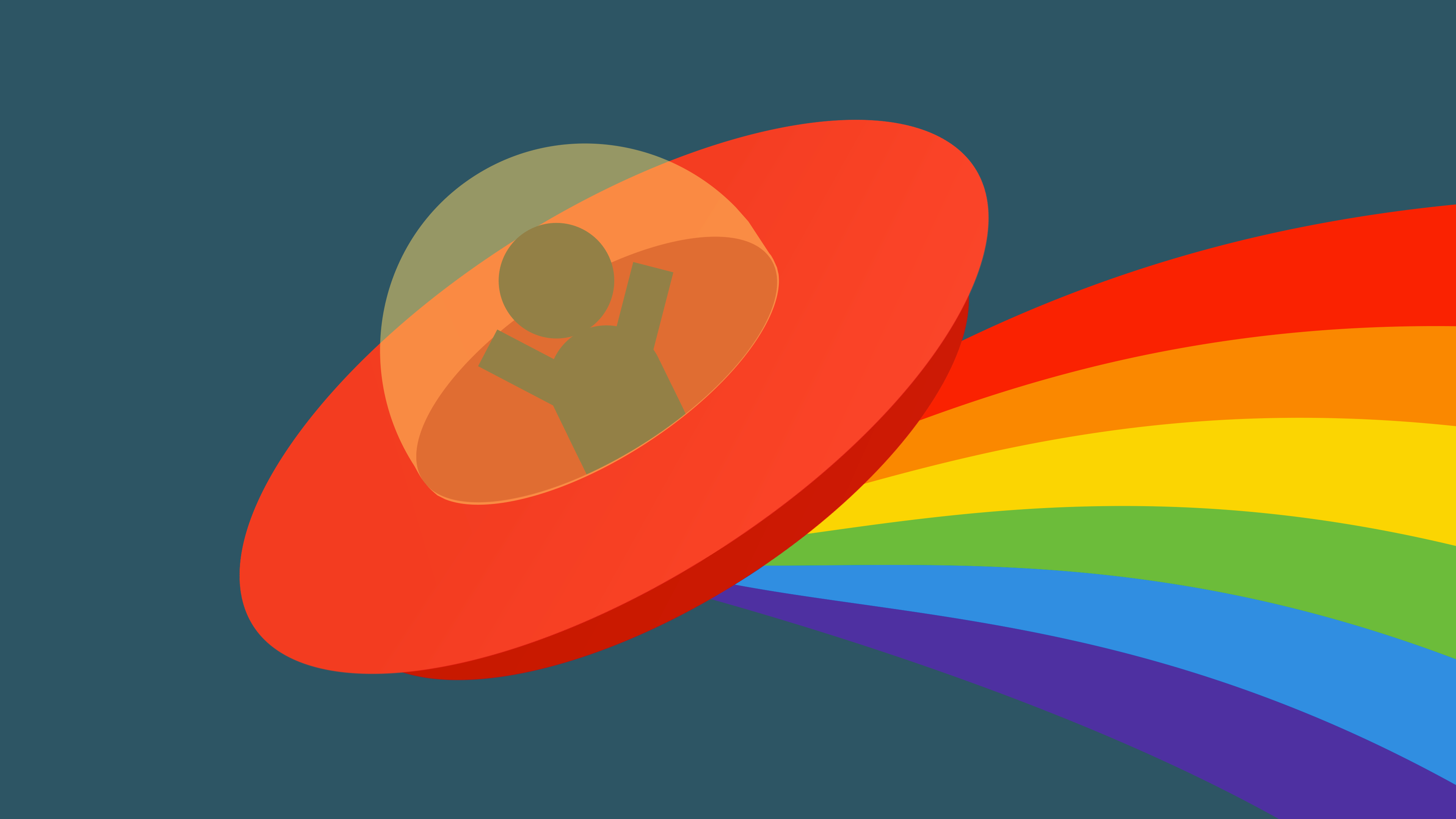
An updated guide on how to measure the usability of a product with the System Usability Scale (SUS).
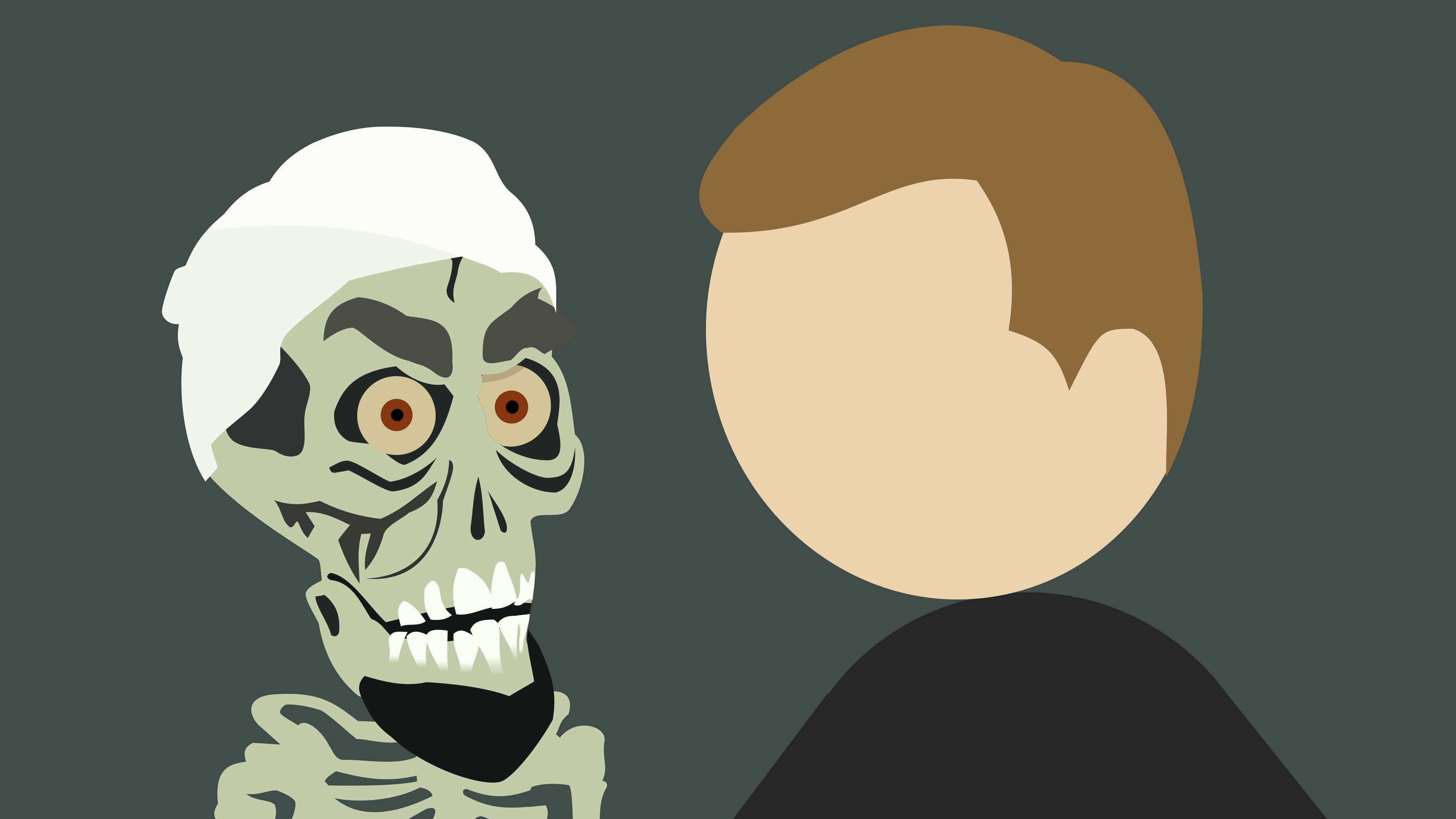
Some people talk too much in meetings, others too little. Good leaders can foster high-quality conversations by creating safe environments.
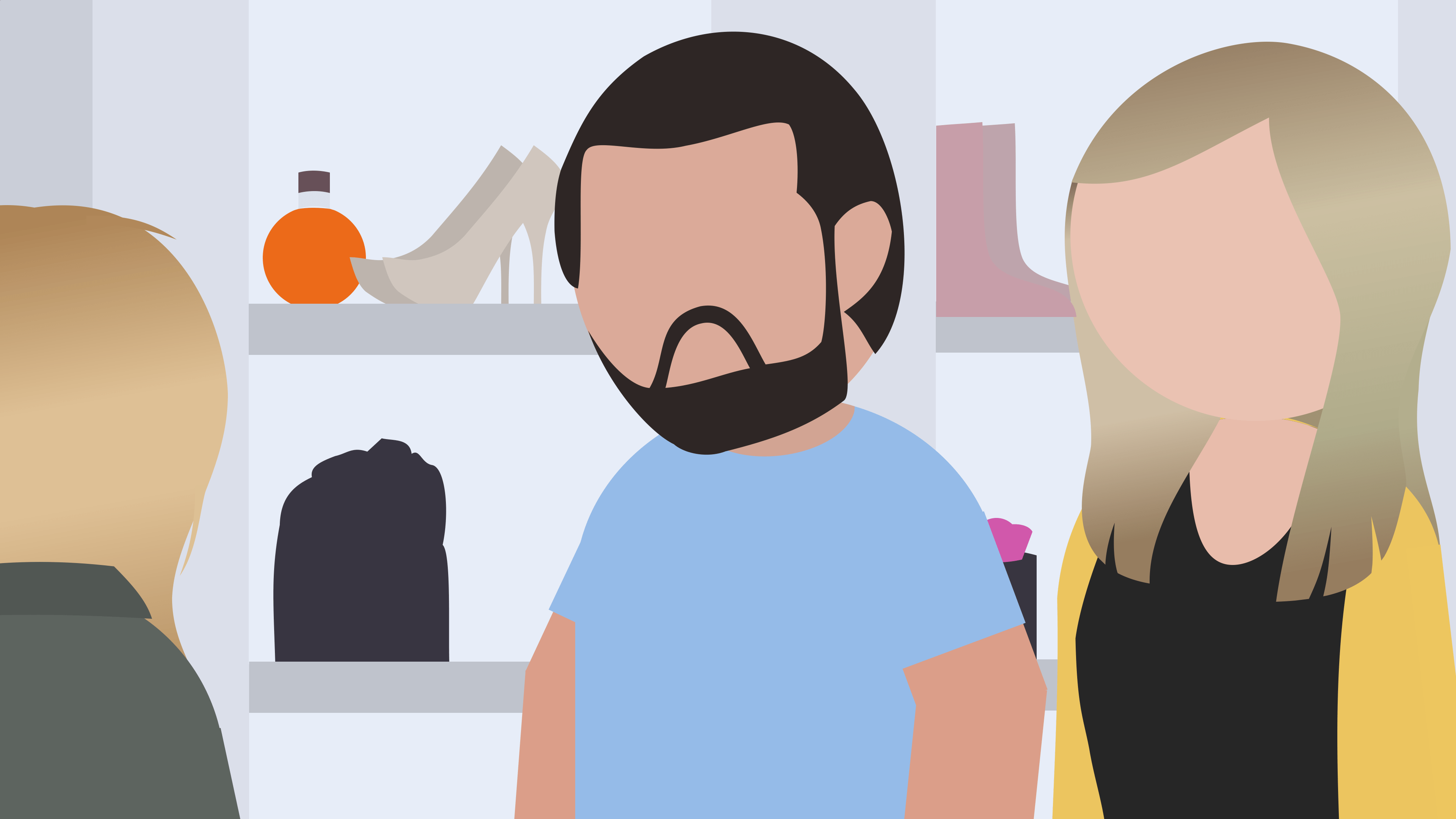
Ghost writers aren’t particularly scary, but there are still very good reasons to fear them if you are an educator. Happy Halloween!
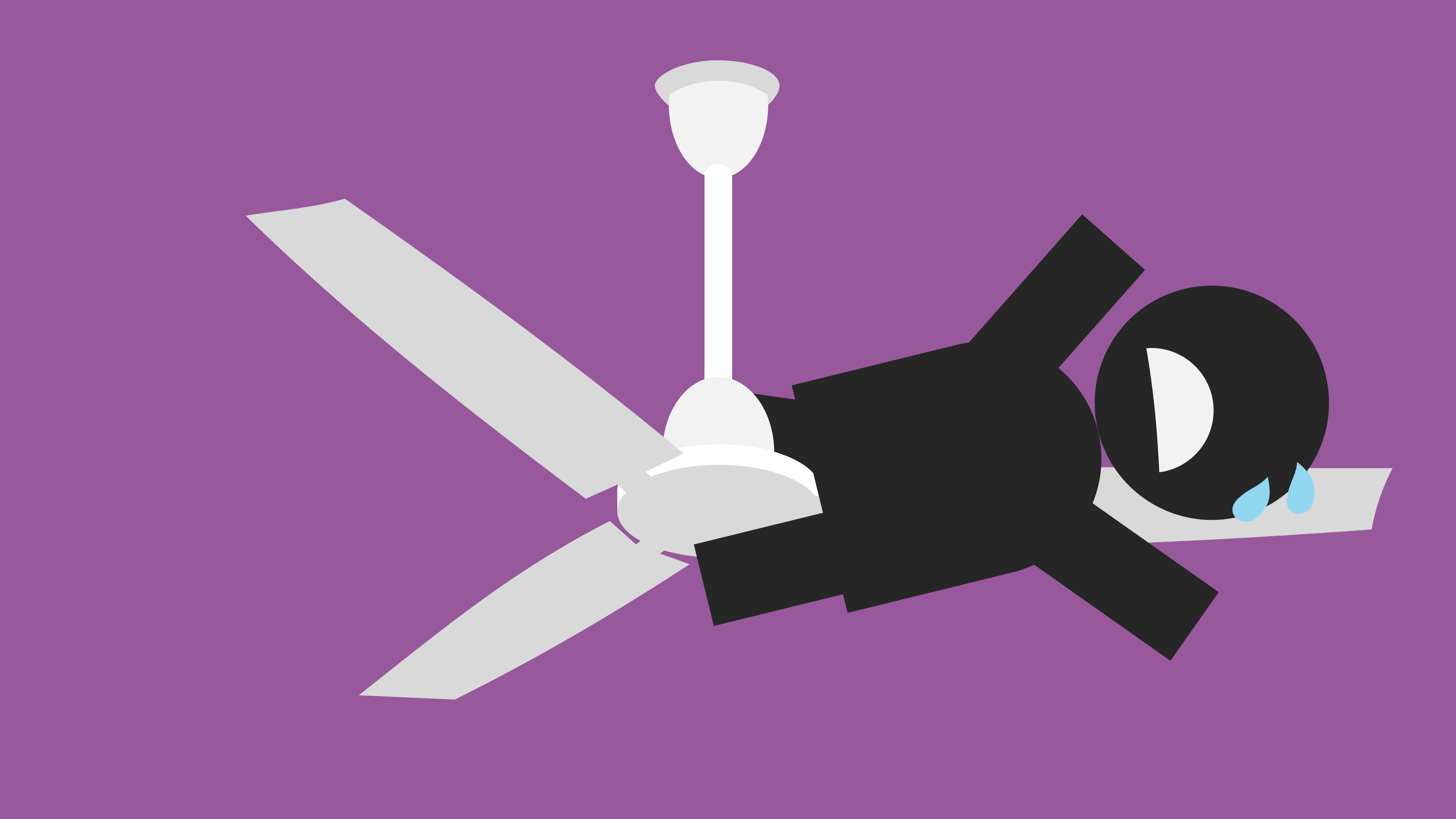
The variance inflation factor (VIF) is often used to find and remove multi-collinearity in a regression model. Does that make sense?
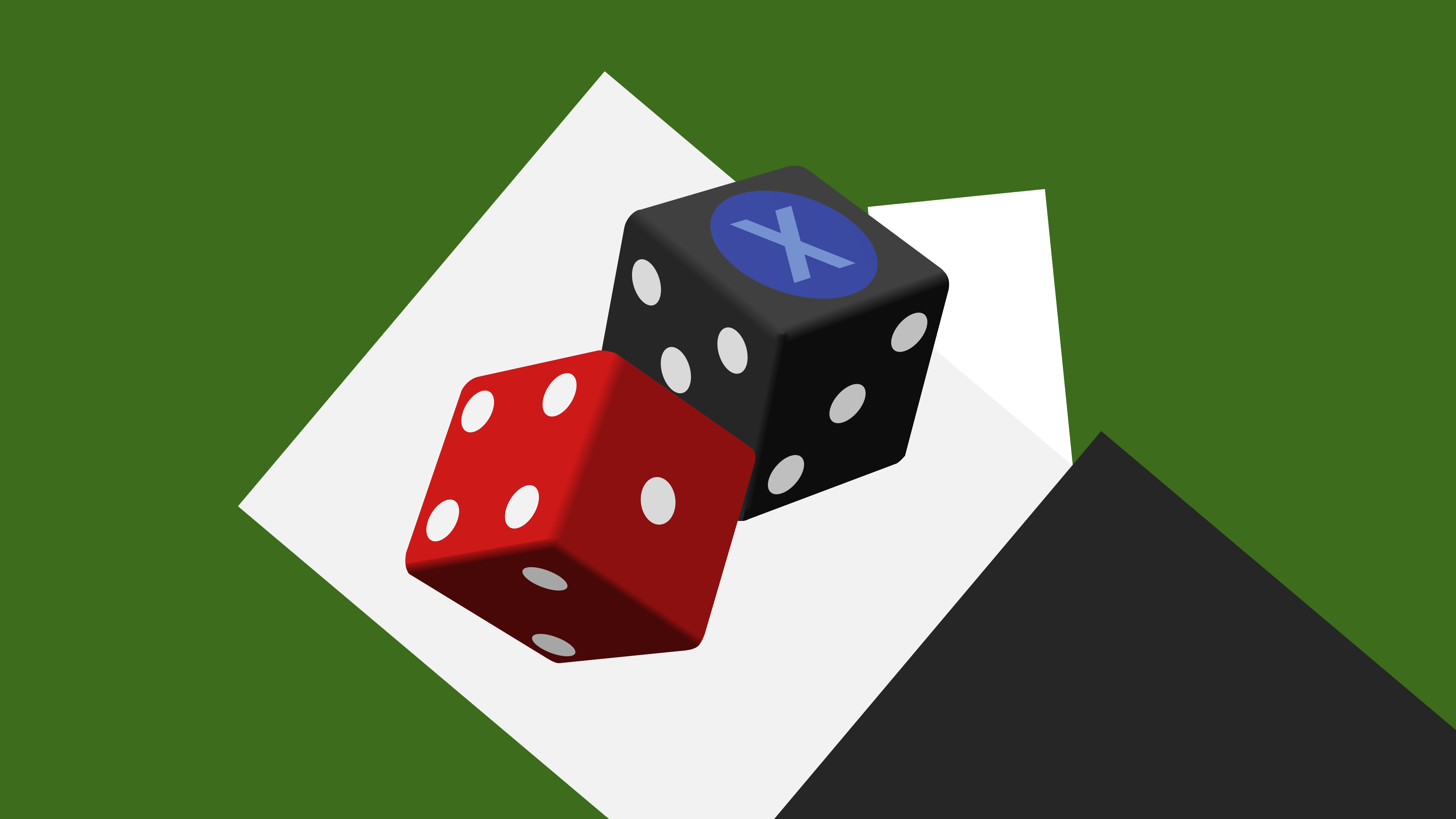
Numbers produced by technical debt tools tell a tale, but it’s largely fictional.
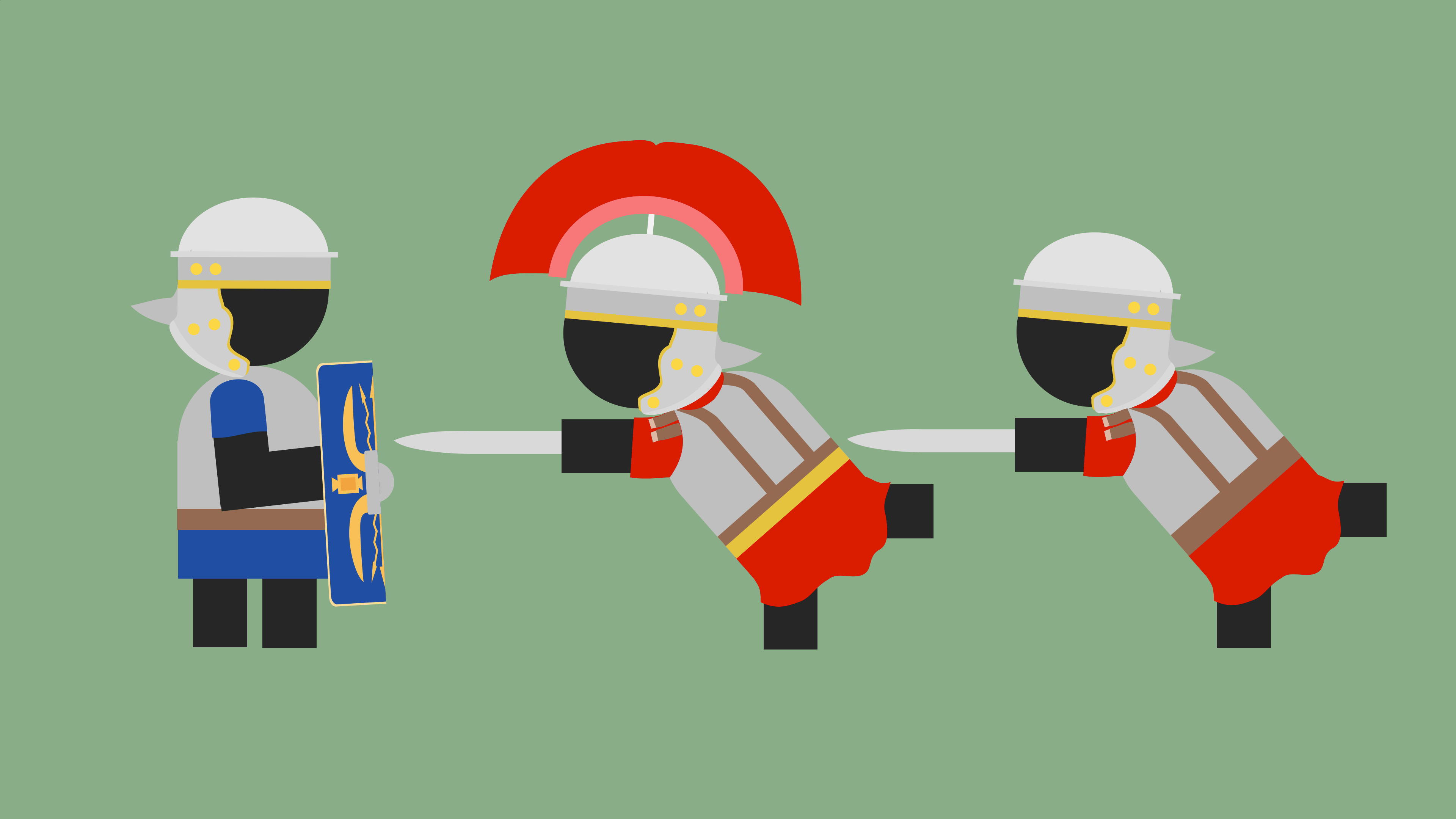
An agent-based model suggests that centurions in the Roman army had a pretty large impact on the outcome of battles.
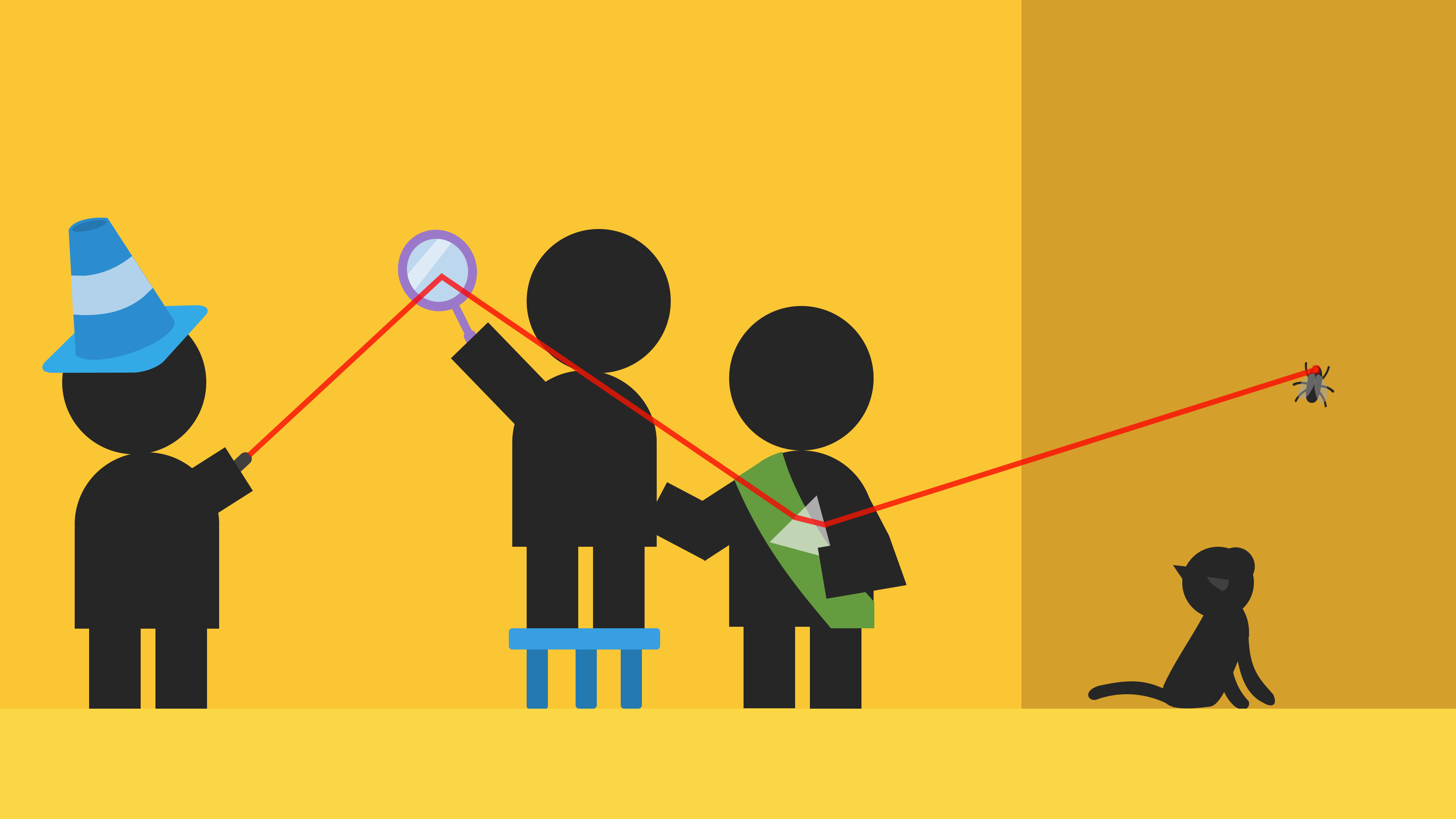
Group assignments are common in computer science programmes, but it’s not clear how well they work from an educational perspective.
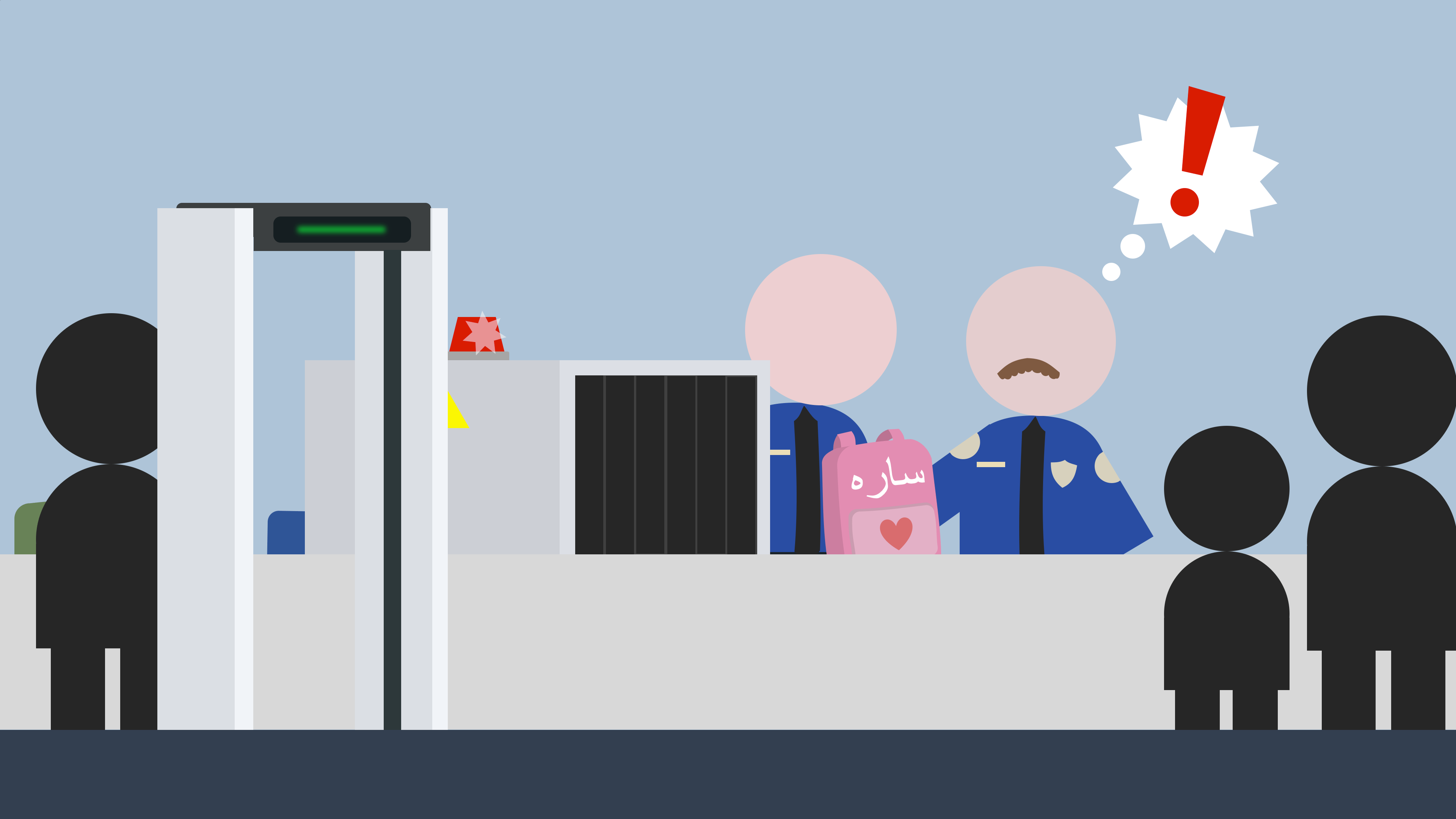
This study gives us a better understanding of the practical problems faced by developers when using regular expressions.
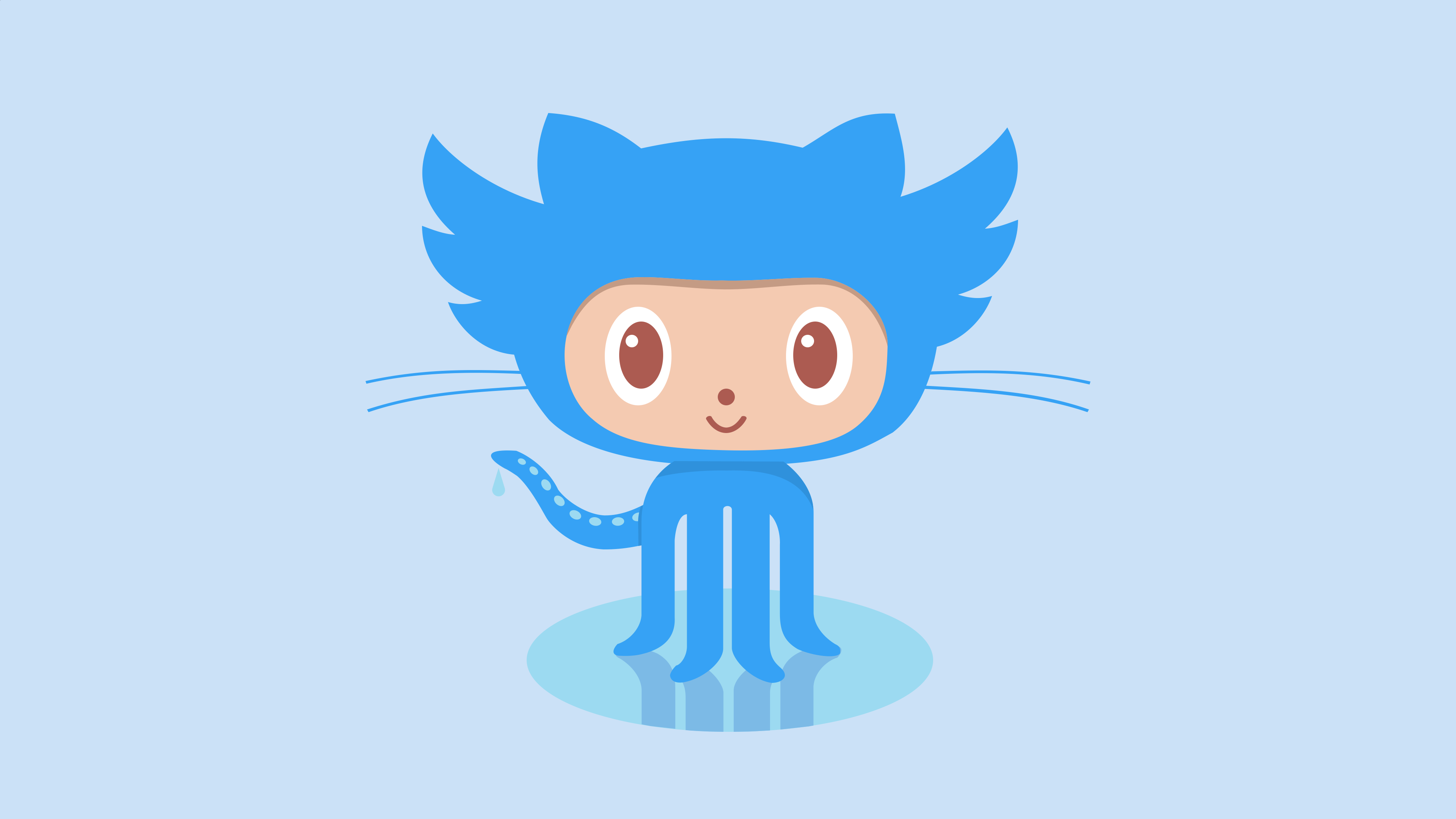
The open source community is very active on Twitter, so what happens on GitHub doesn’t stay on GitHub.
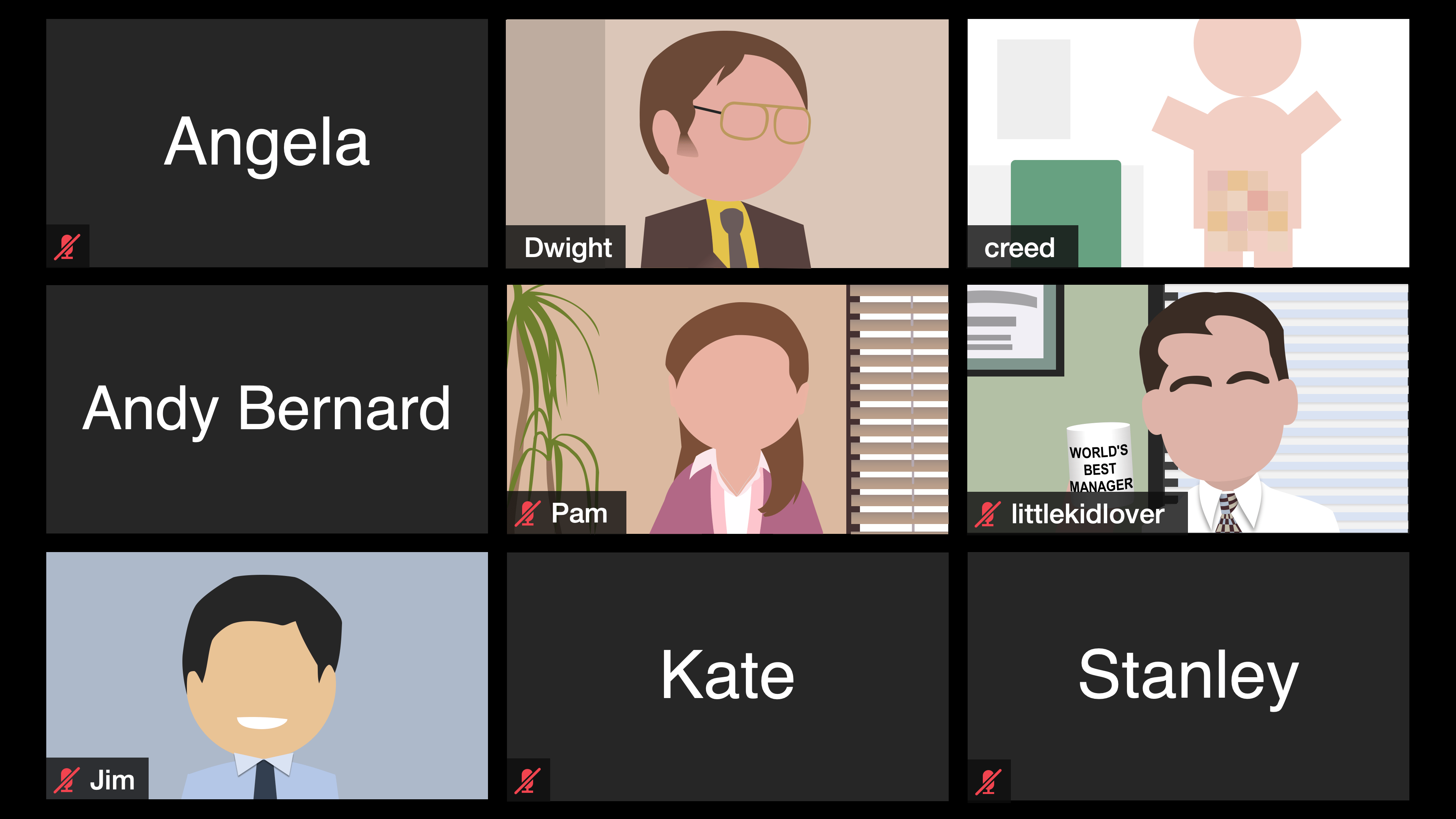
Online meetings are more tiring than face-to-face meetings, and it may be because video chats are more cognitively demanding.
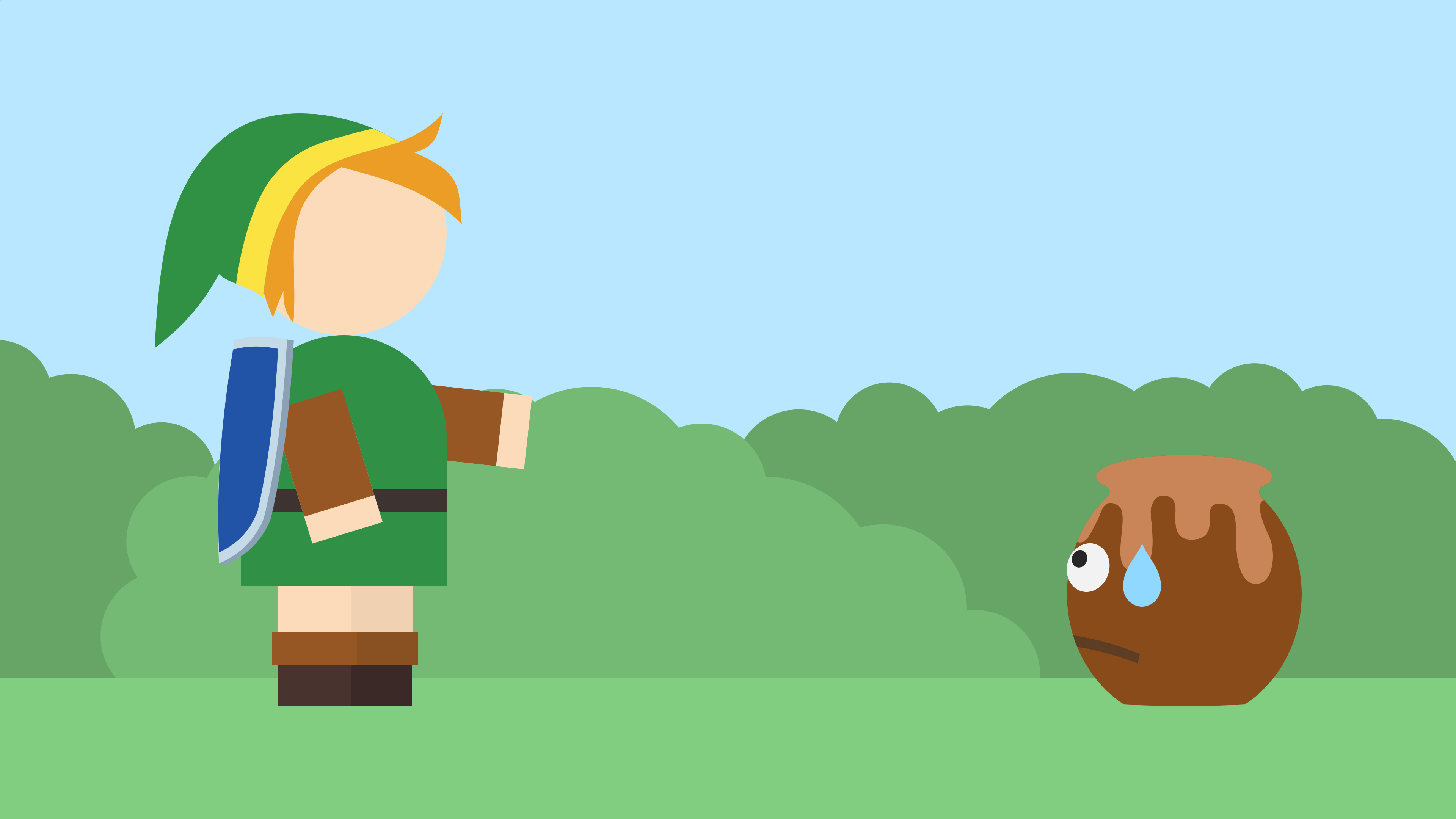
2021 is not the year of the Linux desktop, nor is it the year of the Semantic Web. But as a field of research it is still alive and kicking.
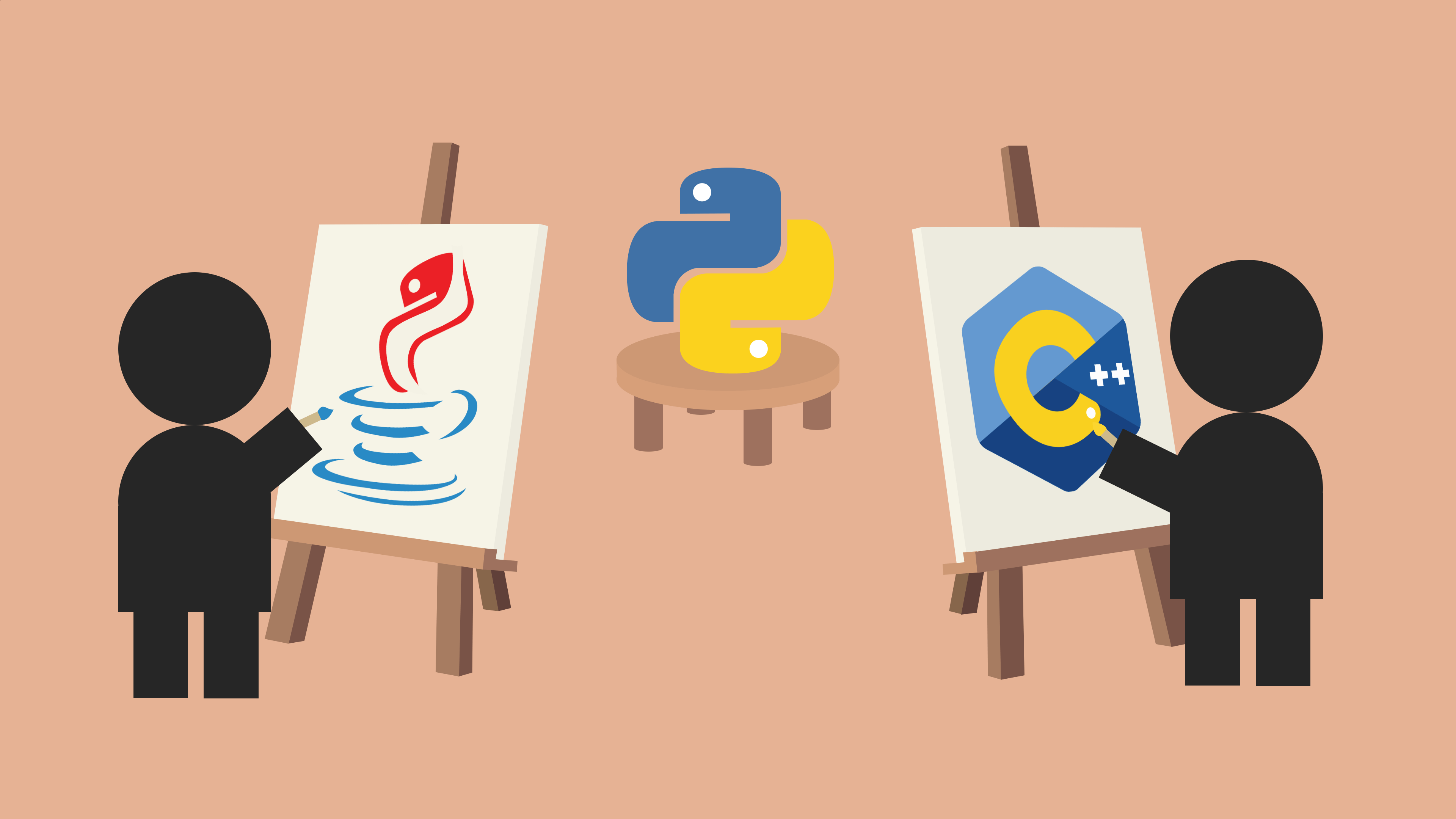
What happens when you let Java and C++ developers write Python code?
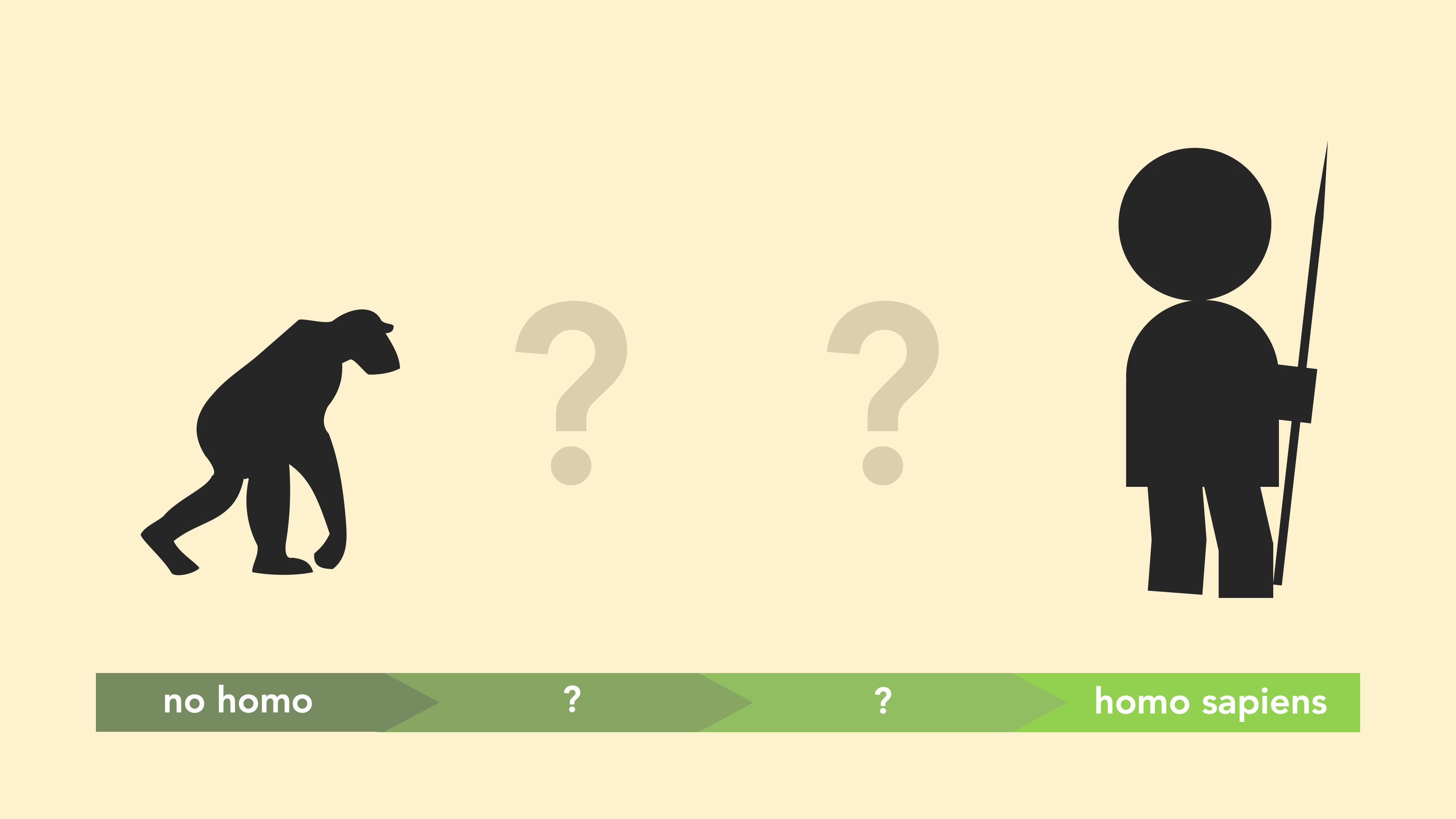
The answer is not “yes” or “no”, but somewhere in between. Who would’ve guessed?
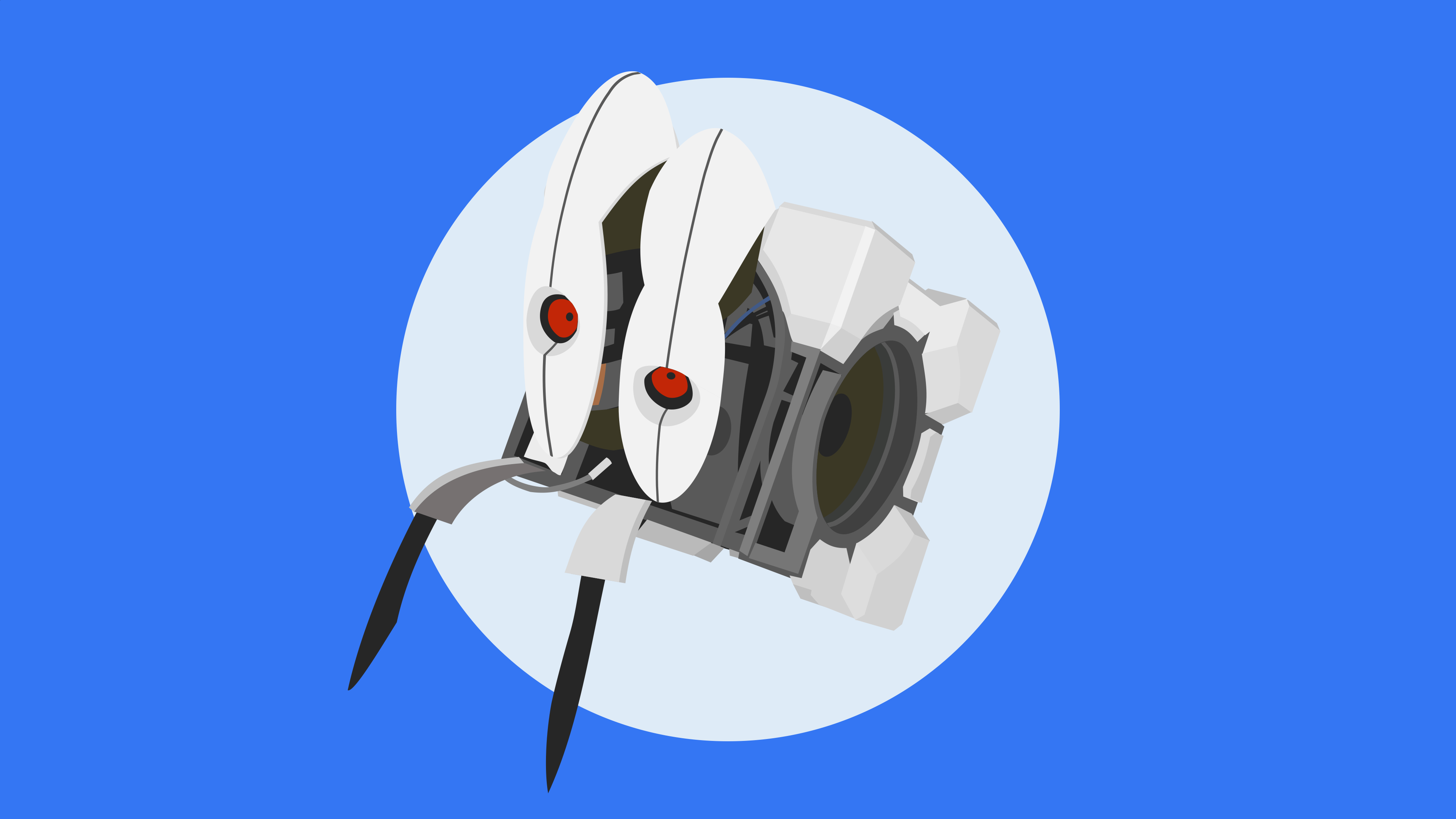
Mutation testing is useful, but not many developers use it. What steps can we take to increase adoption?